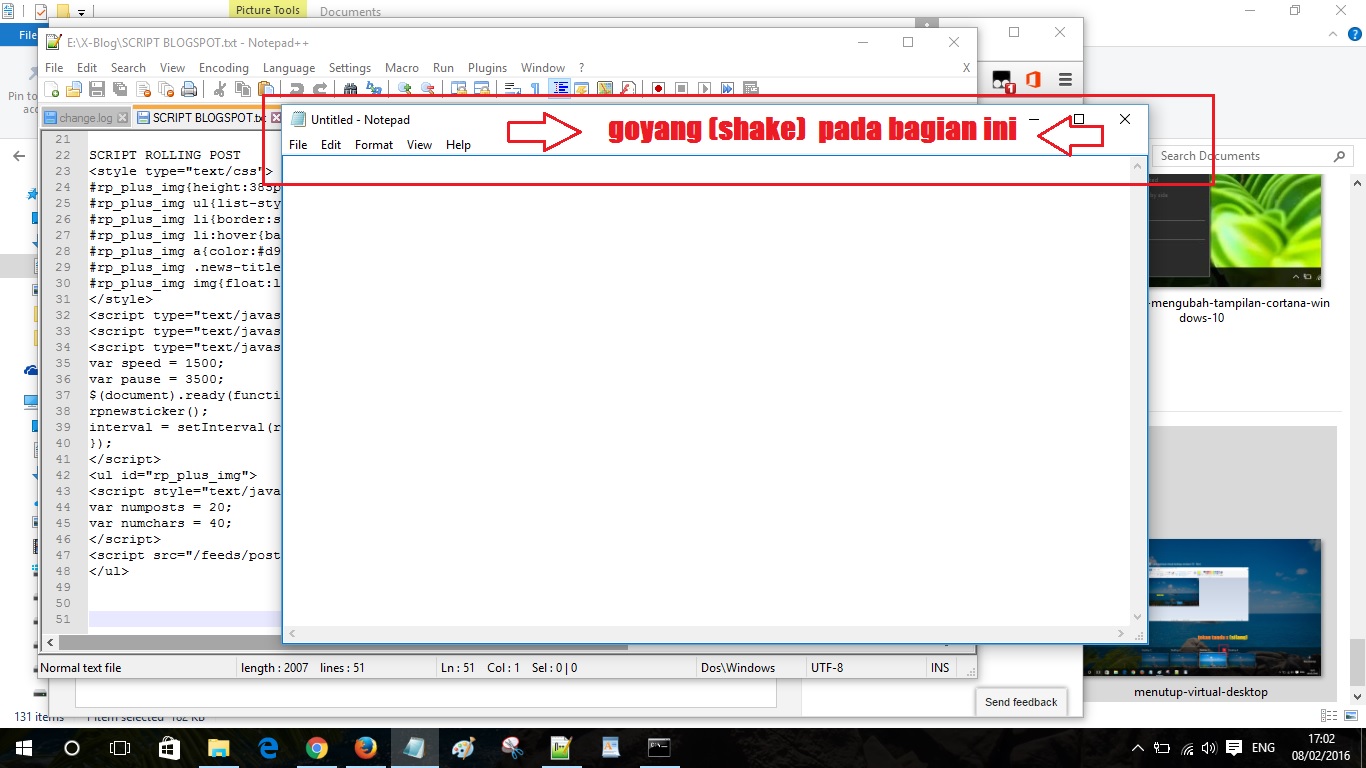Cara Membuka Local Group Policy Editor Windows 10
The Group Policy Editor is an important tool for Windows OS using which System Administrators can fine tune system settings. It has several infrastructural configuration options that allows you to make adjustments to the specific performance and security settings for users and computers. Sometimes you might end up tweaking your Group Policy Editor a bit further down the line where your computer starts behaving in an unwanted way. This is when you know that it’s time to reset all Group Policy settings to default and save yourself the pain of re-installing Windows again. In this guide, we’ll be showing you how to reset all Group Policy settings to default in Windows 10.
Reset Group Policy to default
Dec 10, 2017 Ini merupakan tutorial tentang Cara Membuka Local Group Policy Editor Windows 10, jika kamu menyukainya langsung saja buka link di bawah ini. Ringkasan: Local Group Policy Editor memungkinkan pengguna melakukan konfigurasi berhubungan dengan semua jenis pengaturan windows melalui interface yang sederhana, tanpa harus melalui Registry.
Group Policy settings can vary between the several configurations like Personalization, Firewall settings, Printers, Security policies, etc. We’ll take a look at several methods using which you can reset the respective policies to their default state.
1] Reset GPO settings using Local Group Policy Editor
Now, this is a very basic one. Follow the below steps in order to reset the modified GPO settings.
Gpedit.msc Windows 10 Download Microsoft
1. Press Windows Key + R on your keyboard to launch Run prompt. Enter gpedit.msc and hit Enter to open Local Group Policy Editor.
2. Navigate to the following path on the left side pane of Group Policy Editor window:
Local Computer Policy > Computer Configuration > Administrative Templates > All Settings
3. Now, on the right side window, sort the policy settings by State column so that all those policies which are Enabled/Disabled currently can be accessed on the top.
4. Up next, change their state from Enabled/Disabled to Not Configured and apply the settings.
5. Repeat the same for the below path as well.
Local Computer Policy > User Configuration > Administrative Templates > All Settings
6. This will restore all Group Policy settings to the default state. However, if you are facing some serious issues like the loss of administrator privileges or debarred from logging in, then you can try the below method.
2] Restore Local Security Policies to default
Security policies about your administrative account on Windows are maintained in a different management console – secpol.msc (Local Security Policy). This security setting snap-in extends the Group Policy snap-in and helps you define security policies for computers in your domain.
Now, under certain circumstances, you might end up with some messed up Security settings which you can set right if you have retained administrative privileges to your computer.
Follow the below steps to reset the Security policies on your machine:
1. Press Windows Key + X on your keyboard to launch Quick Link menu. Select Command Prompt (Admin) to open an elevated Command Prompt window.
2. Enter the below command in the prompt window and hit Enter:
3. After the task completion, restart your machine to make the changes effective and start afresh with Security policies.
4. If some of the components are still appearing strange, you can go for the next method to hard reset the Group Policy Objects.
3] Reset Group Policy Objects using Command Prompt
This particular method involves deletion of Group Policy settings folder from the drive where Windows is installed. Follow the below steps to get it done using an elevated Command Prompt window.
1. Open an elevated Command Prompt window the same way mentioned in Method 2.
2. Enter these commands in CMD and execute them one by one.
3. Once done, restart your computer.
Make sure you have created a system restore point before making any changes to your registry or policy settings.
Related read: How to repair a corrupt Group Policy in Windows 10.
Related Posts:

You must be logged in as an administrator to be able to do the steps in this tutorial.
EXAMPLE: Programs and Features Enabled and Disable

Local Group Policy Editor Windows 10 Missing
NOTE:This option will affect all users on the computer.1. To Enable Programs and FeaturesA) Click on the Download button below to download the file below.Enable_Programs_and_Features.reg
2. To Disable Programs and FeaturesB) Go to step 3.A) Click on the Download button below to download the file below.Disable_Programs_and_Features.reg3.Save the .reg file to the desktop.
4. Right click on the downloaded .reg file and click on Merge.
5. Click on Run, Yes (UAC), Yes, and OK when prompted.
6. Log off and log on, or restart the computer to apply.
7.When done, you can delete the downloaded .reg file if you like.
1. Open the all users, specific users or groups, or all users except administrators Local Group Policy Editor for how you want this policy applied.
2. In the left pane, click on to expand User Configuration, Administrative Templates, Control Panel, and Programs. (see screenshot below)That's it,3.In the right pane, right click on Hide 'Programs and Features' page and click on Edit. (see screenshot above)
4. To Enable Programs and FeaturesA) Select (dot) either Not Configured or Disabled. (see screenshot below step 6)B) Go to step 6.5. To Disable Programs and FeaturesA) Select (dot) Enabled. (see screenshot below step 6)6. Click on OK. (see screenshot below)7. Close the Local Group Policy Editor window.
Shawn
